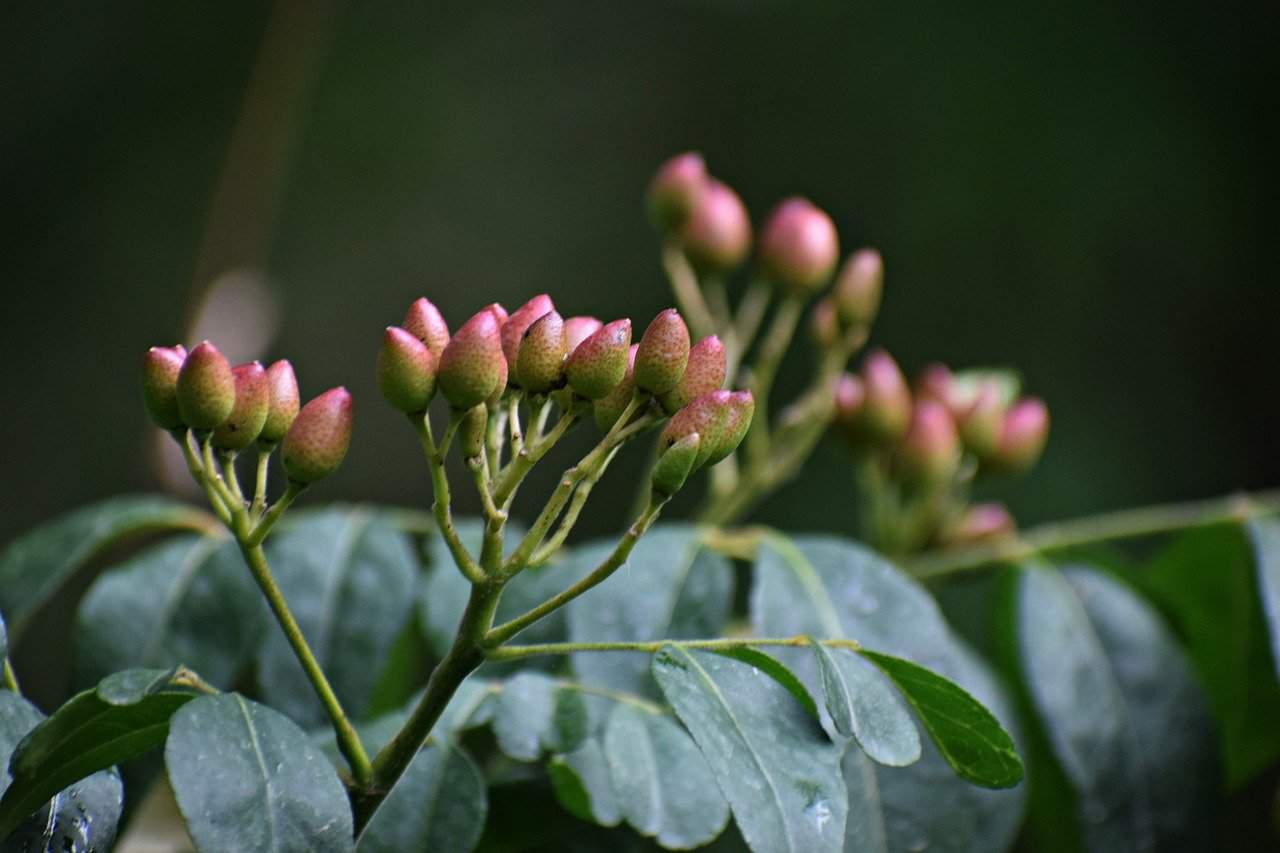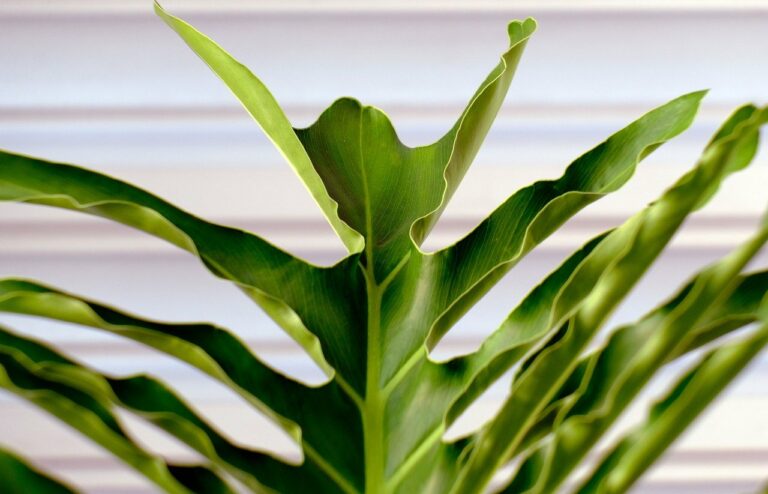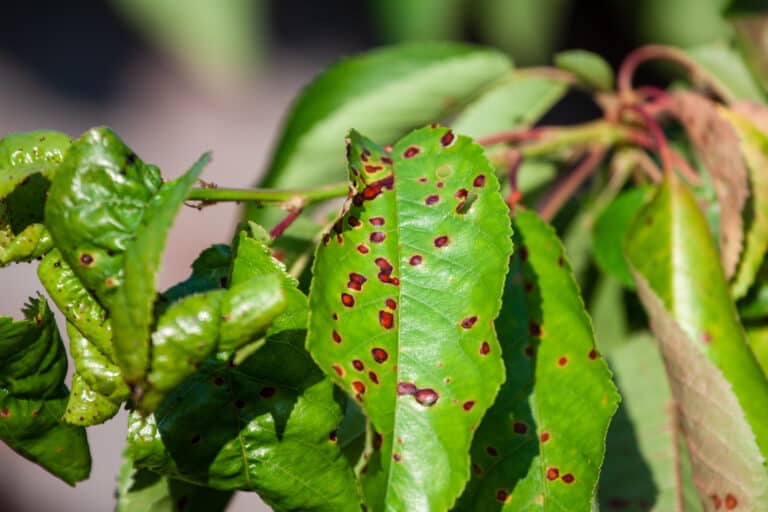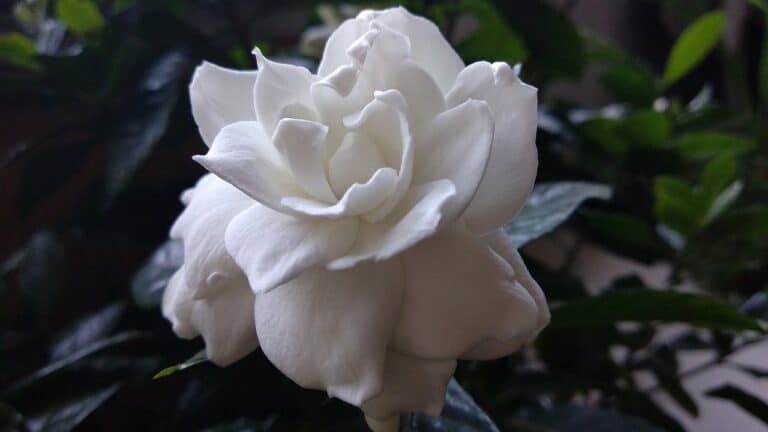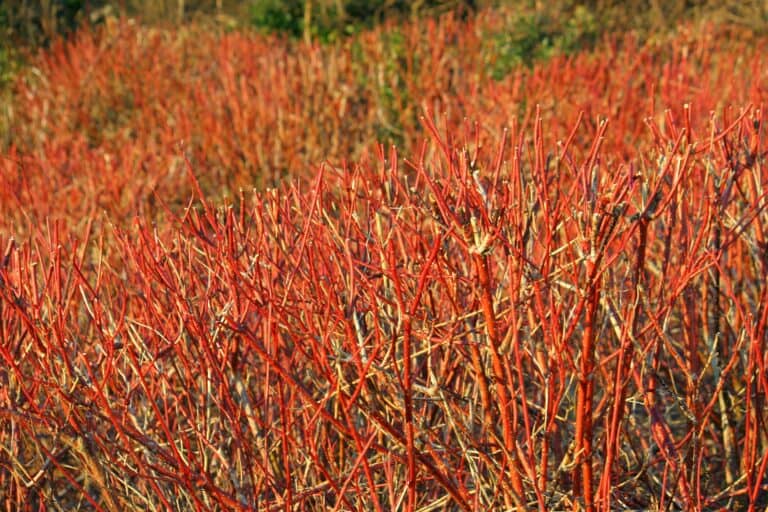Table of Contents
How to Grow, Transplant, and Prune Curry Leaf Plant
Curry Leaf Plant
The popular and well-scented curry leaf plant is native to the Asian continent, specifically the subcontinent region. It is very famous in India mainly. People grow it at home in their garden as well as in containers.
Curry leaf plant leaves are used in dishes. Many people want to grow this plant in their homes but are worried about taking the step as they don’t know about its planting. Some of the fundamental questions arise in their mind like its growing, pruning, transplanting, etc.
They want to know about its planting, transplantation, and pruning. Here in this article, information about these primary and useful questions will be shared, and you will be able to grow your curry leaf plant healthier and bushier.
How To Grow Curry Leaf Plant (From Stem Cutting)
Curry leaf plant favors tropical areas where the temperature does not go below freezing point. If you want to grow your curry leaf plant fast, then increasing it from stem cutting is the best way. You should keep care of the following:
Stem:
- Selection of the Stem: you would have to take hardwood cutting from the branch. The wood looks brown from the outside, which indicates that it is a little mature stem. Don’t pick all the greenish stems at all.
- Size and Thickness: cut the stem Cut and take the branch to 6 to 8 inches. Take its Thickness equal to a pencil or a little thicker than it. Be aware that taking more or less Thickness will not develop strong roots.
- Cutting: Cut the stem at 45 degrees with the help of a sharp knife. Scratch its dipping side slightly and softly to develop scar tissue. It will help in faster root development. Remember that only the upper bark or peel is to be scratched.
- Rooting Hormone: Dip the stem into the rooting hormone. The commonly used rooting hormone is Indol butyric acid, which quickly helps in root development and is very safe to use. You can also use homemade rooting hormone-like turmeric powder.
- To Burry the stem: Bury the stem 1 to 2 inches deeper in the soil. It is important to mention here that don’t apply compost or other fertilizer. It can affect soil quality and make it rotten.
Watering: After burying the stem, water it thoroughly. It will provide a soft and gentle medium for its growth. After 20-25 days, it will be appeared to look at a new baby plant.
Shift into Shade: shift the newly planted curry leaf plant into the shade from that place till leaves appear. Although the curry leaf plant requires sunshine, don’t place it into the sun until leaves appear. After 20-25, leaves will emerge from the new cutting. Now it is time to shift it into the sunlight. After that, the next step is transplanting.
Transplanting Curry Leaf Plant
If more branches appear on the newly planted stem, you may need to transplant it. Transplanting helps in better growth.
How To Transplant?
Transplanting needs very carefully and should be done like an expert. The Curry leaf plant may be affected when its roots get disturbed frequently. Transplanting should be done only when it is needed.
For this, you should make the soil loosen by giving water. Soften the soil of the plant to be removed. Pull this plant up slightly and keep pressing the soil of that area. In another pot, which has been half-filled with soil, dig a small pit and plant this plant in it.
Press the ground slightly to make tight the newly planted plant. Water it after planting. But remember, don't give potent fertilizer during this time. Your plant has been successfully transplanted. Cheer up!
The newly planted Curry leaf plant may stay in this pot for two years.
Why Is Transplanting Needed?
You may need to transplant if the following conditions occur.
- Suppose more than one growth appears on the newly planted stem. Then, individual branches will grow faster healthier.
- Suppose the roots come out of the pots. Transplant it into a bigger pot.
- If there is a need to change the soil, generally after two years is recommended.
- If the temperature is not suitable, you can shift it to a good place.
When To Transplant?
ManyExpert recommends transplanting the curry leaf plant in early spring. Because in spring, roots and shoots growth occurs rapidly. If you missed the spring season, you could do it in the middle of the year too. But keep in mind transplant it on a cloudy day.
Pruning
Curry leaf plant needs to be pruned for its healthier and bushier growth. Here, some basic information will be shared and make your mind clear about its pruning.
Why Is Pruning Necessary?
Pruning is done to make the plant bushier and healthier. Pruning eliminates old and unhealthy leaves and parts of the plant. Besides these, pruning maintains its size in control. As the curry leaf plant does not reach maximum height, there is no unique tool to be needed for its pruning. But the devices must be disinfected before use.
How to Prune Curry Leaf Plants?
We have some well-established methods for its pruning and. Use a sharp tool, i.e., pruner, to remove old parts and leaves of the curry leaf plant. Start pruning from the top of the plant. You can prune your plant 1/3. Avoid pruning in summer and winter. You can get a bushy plant by pinching its top leaves in their stages.
When To Prune Curry Leaf Plant?
Many growers want to know when to prune the curry leaf plant. The best season is to prune curry leaf plants is early spring when the temperature (around 45 to 80 F) or in Fall when temperature ranges below 80F.
Remember that pruning is a healthy activity for the curry leaf plant it will make your plant bushier and more beneficial.


